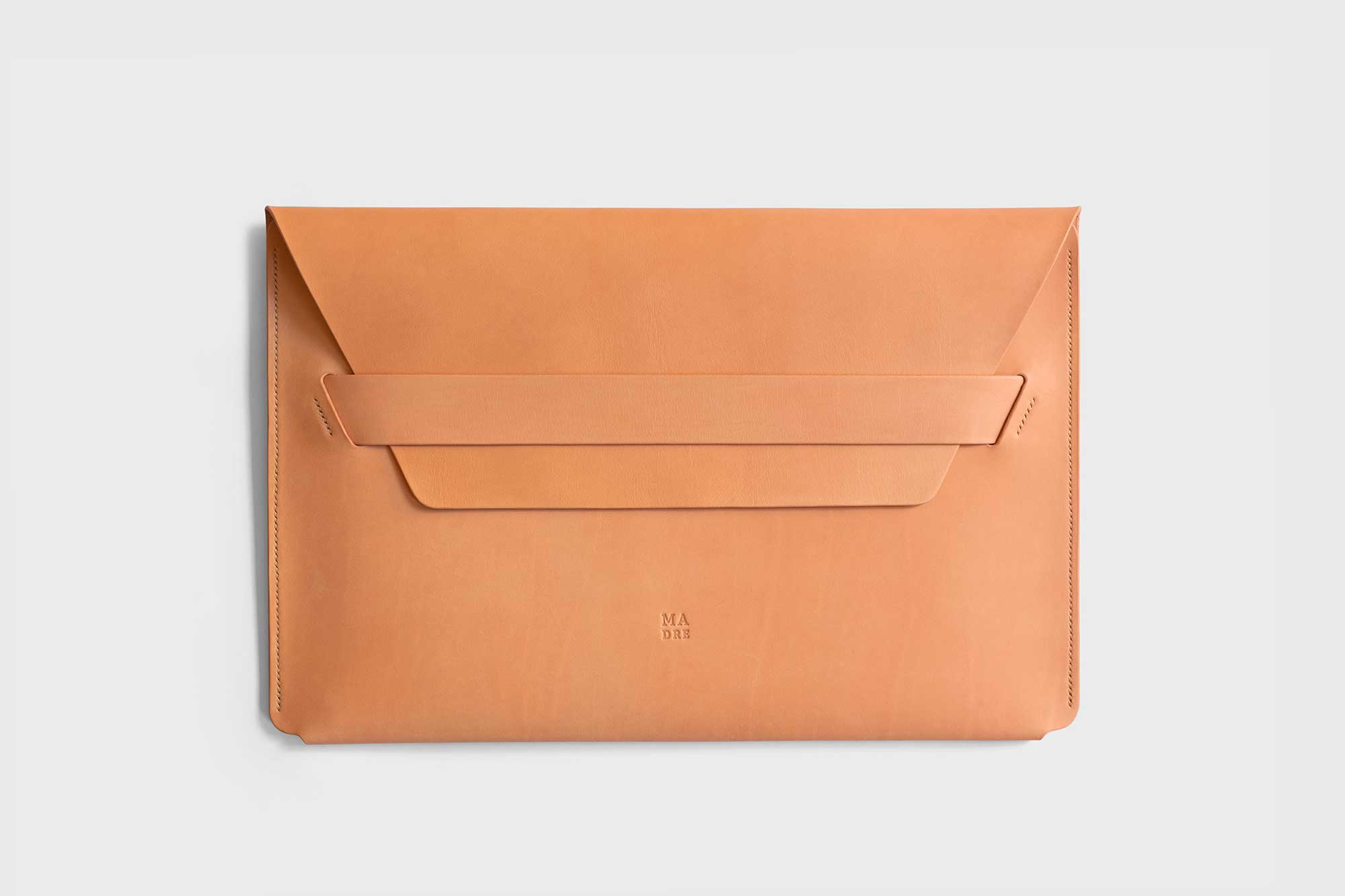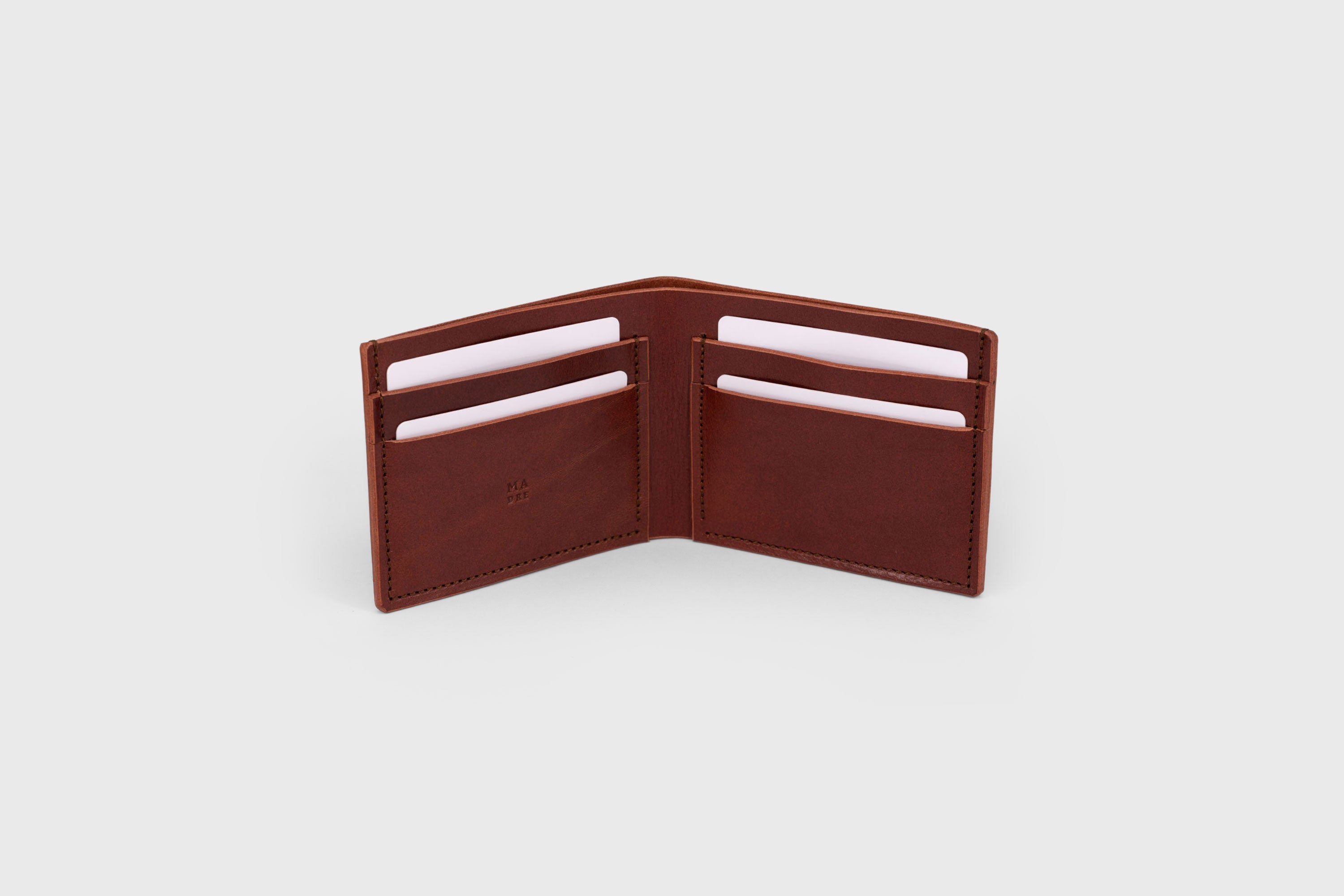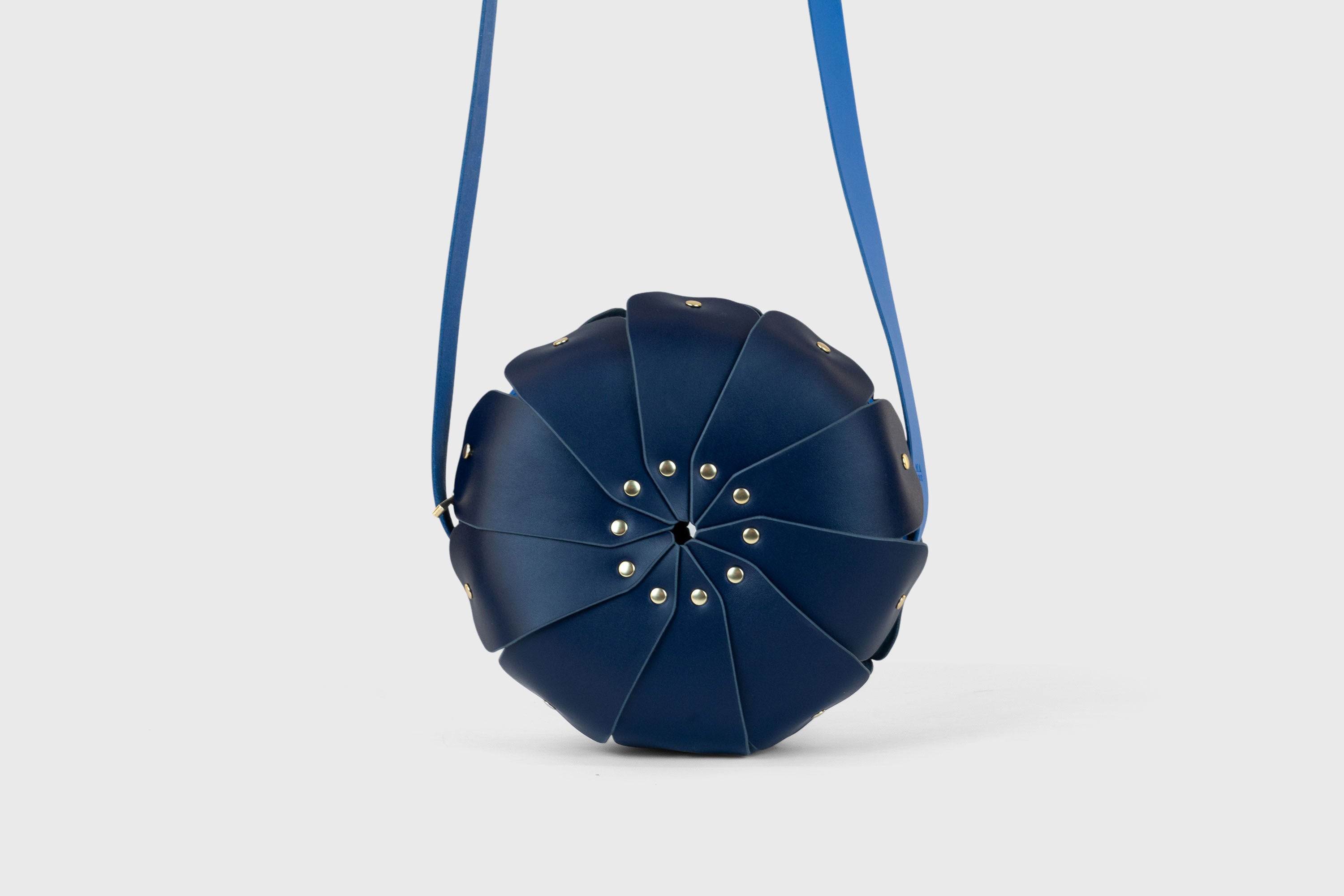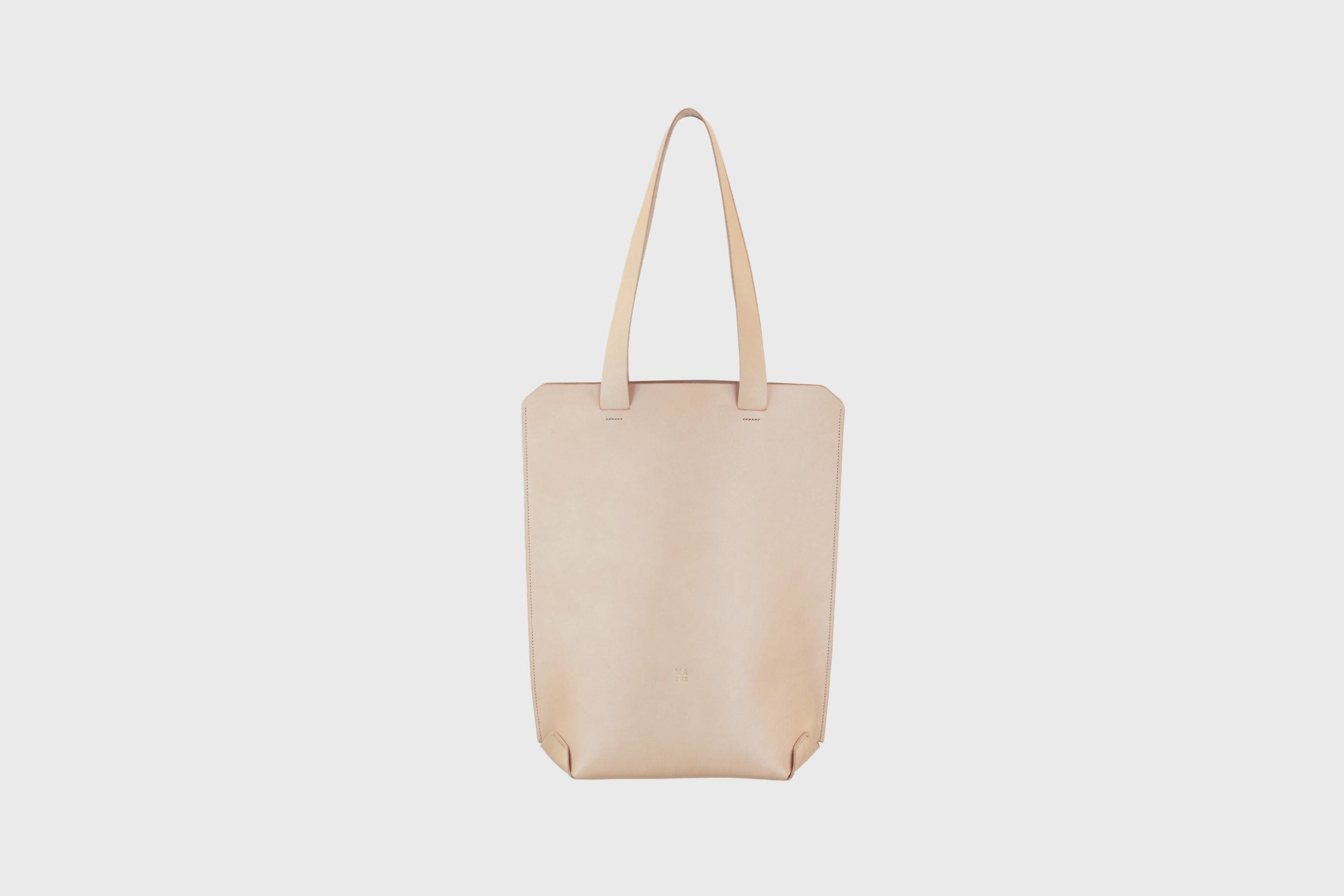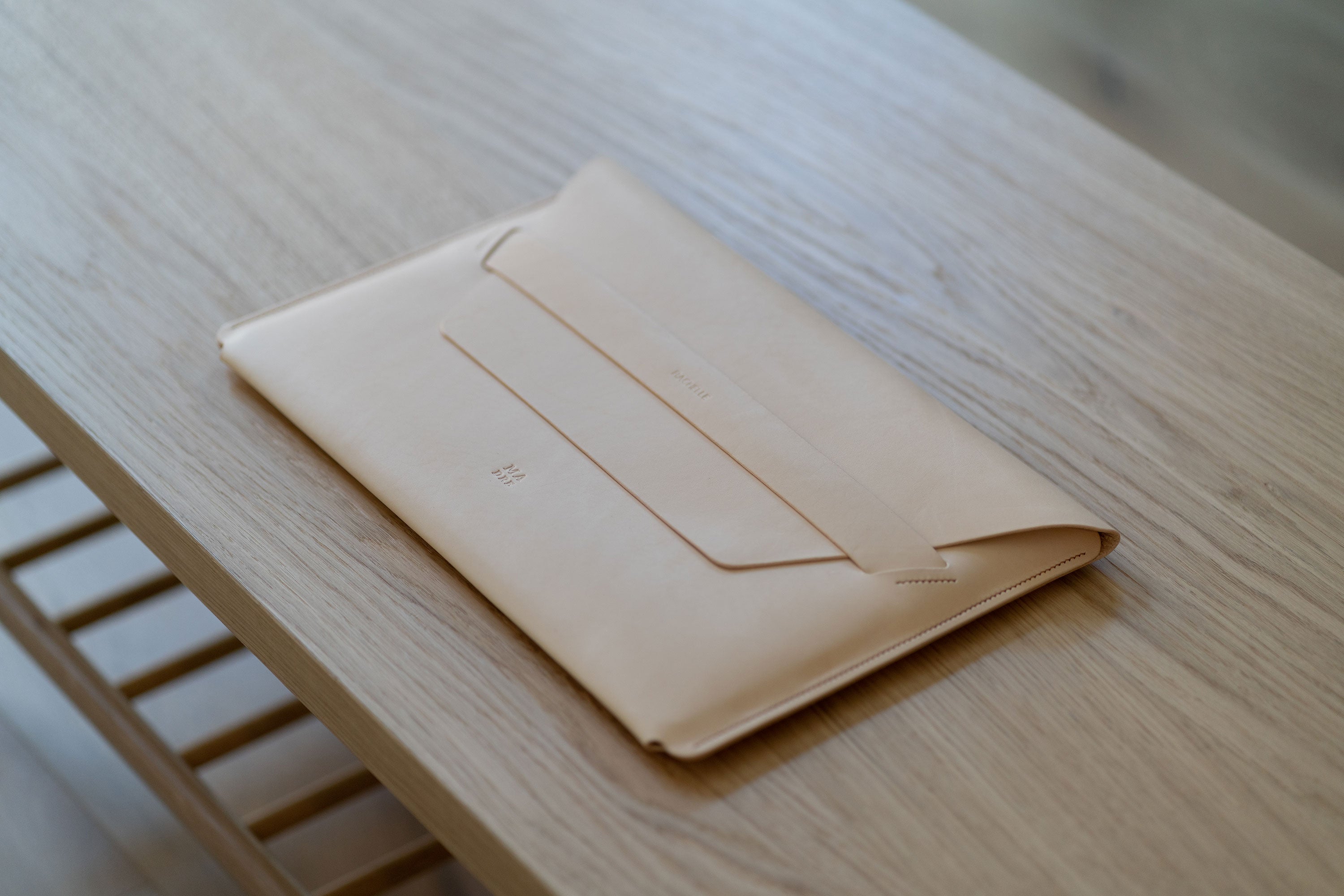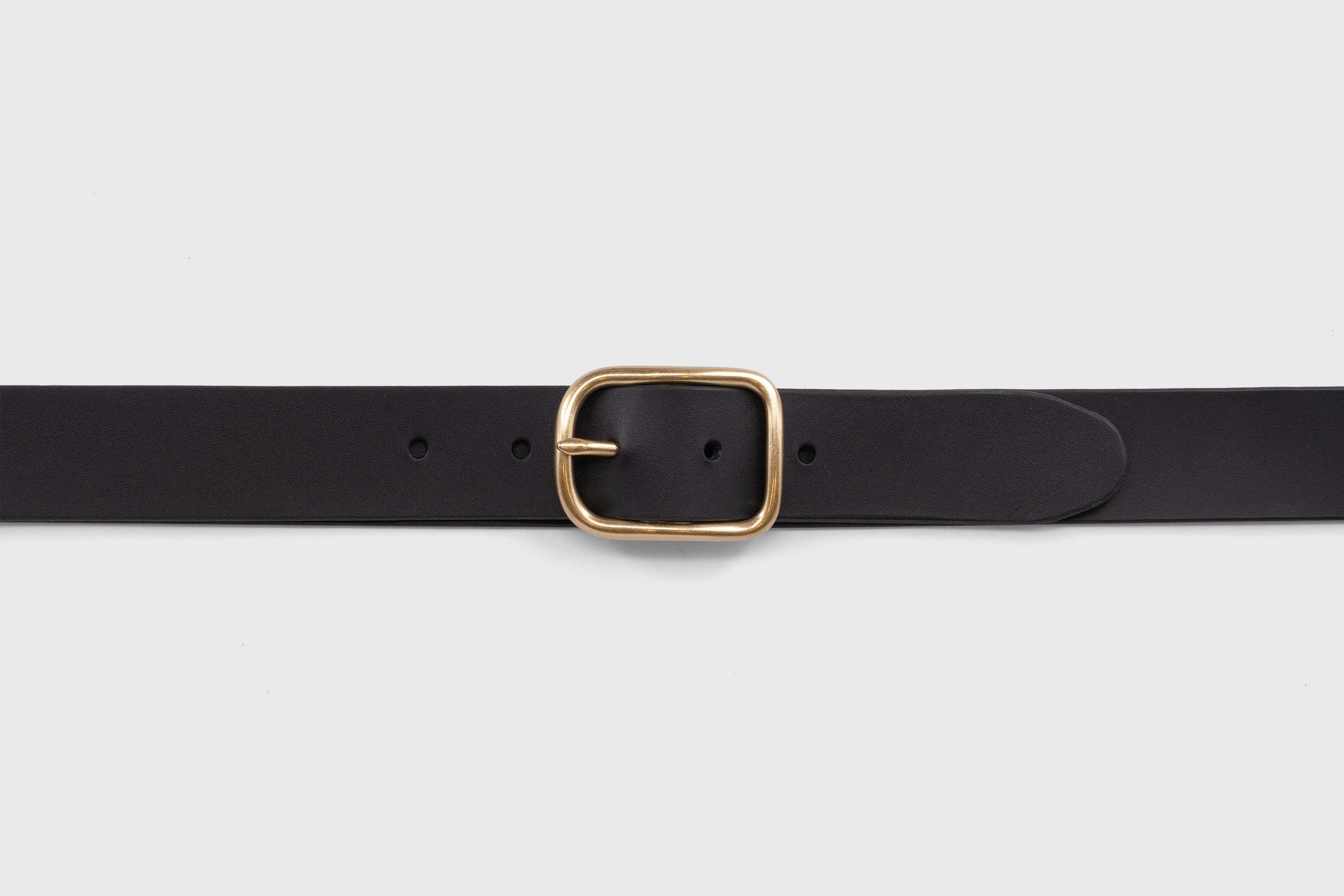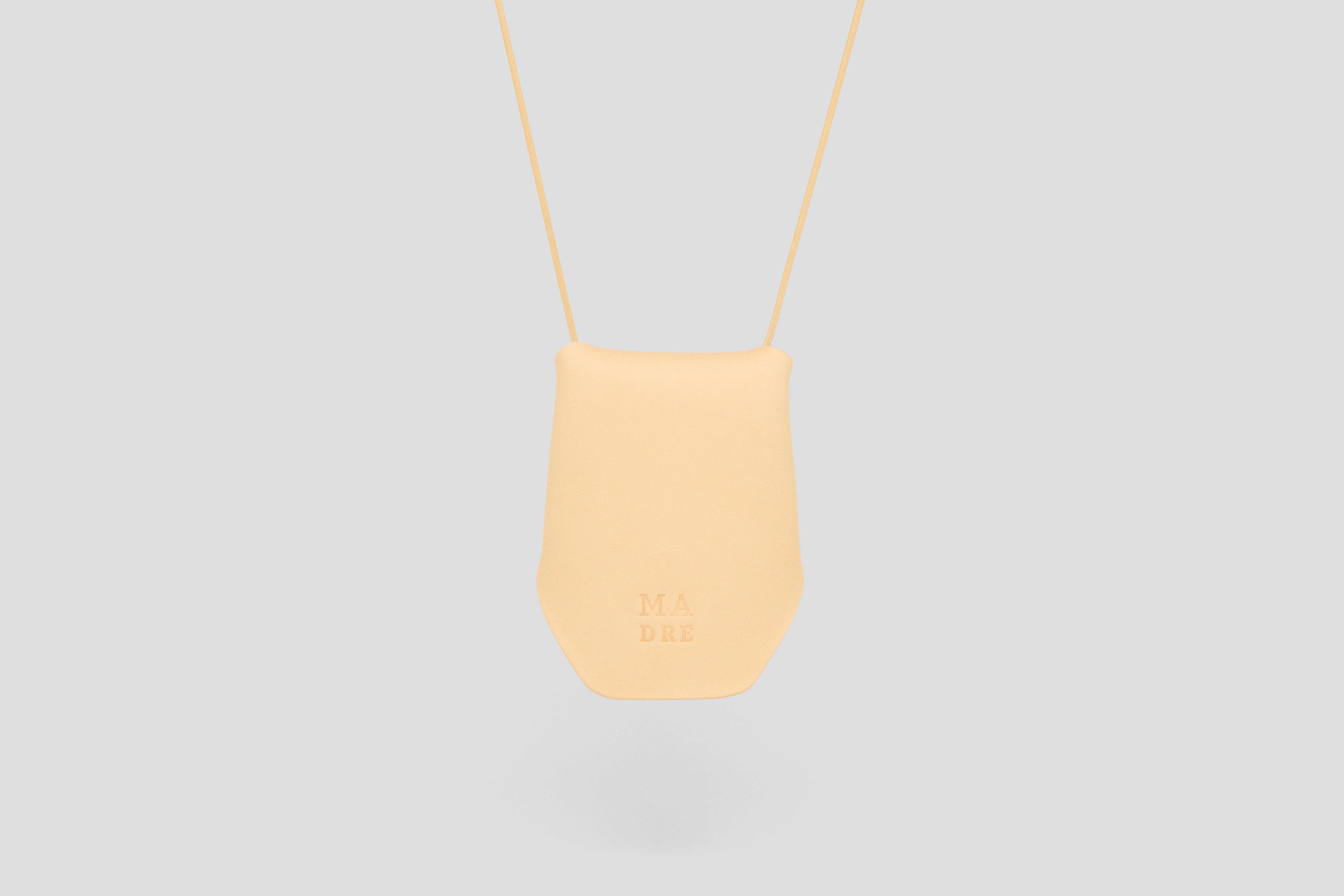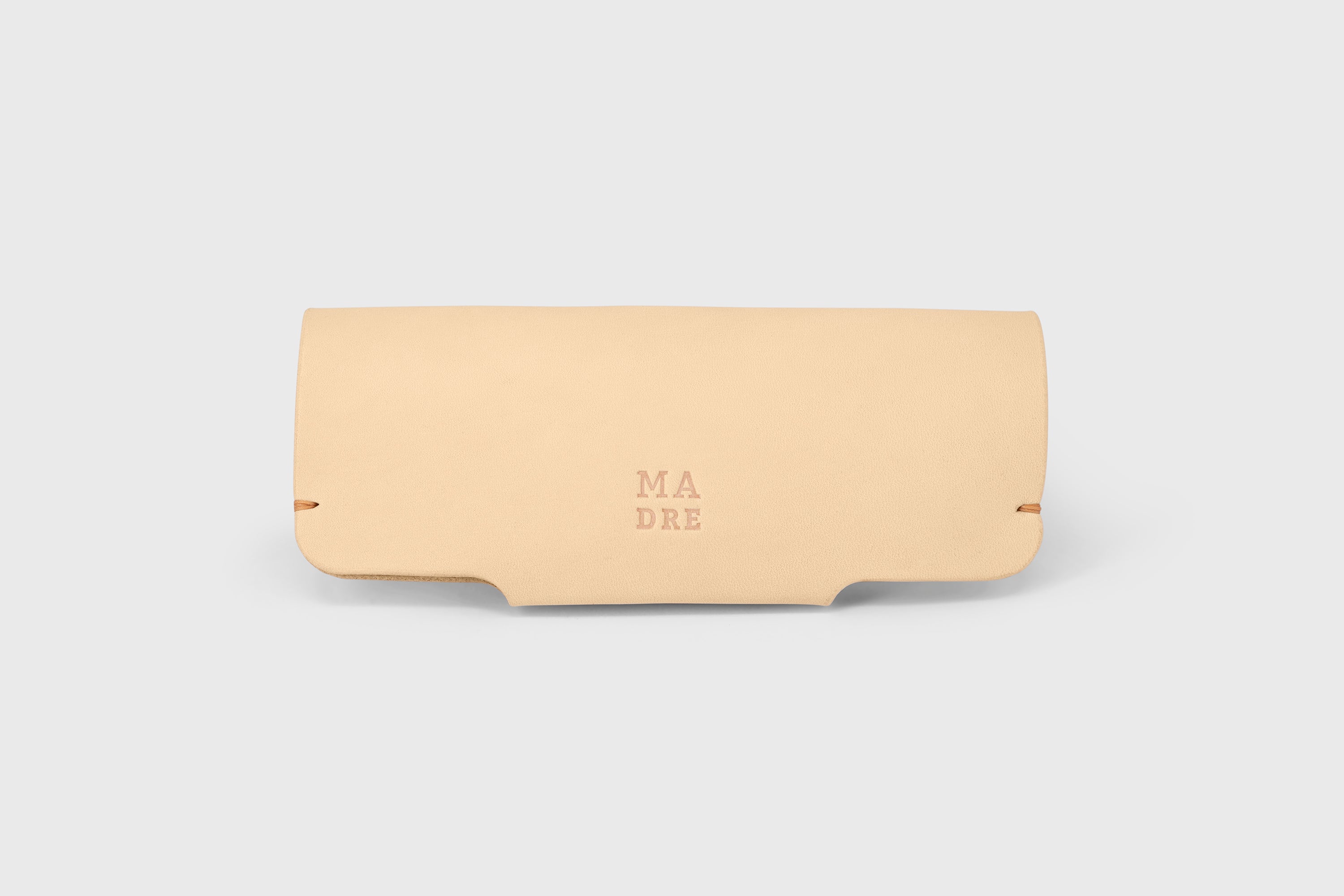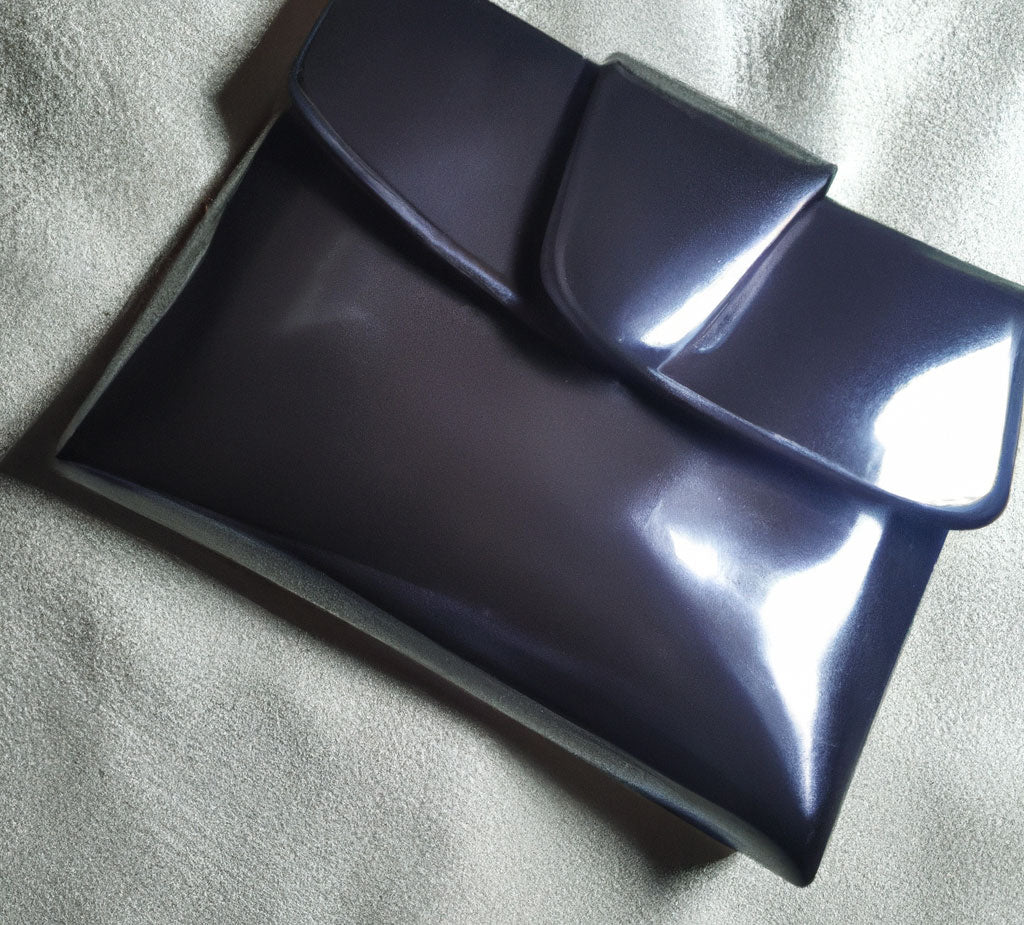
The history and heritage of leather crafting
When did leather crafting first begin?
Leather crafting is a time-honored tradition that dates back thousands of years. The exact origins of leather crafting are uncertain, but evidence of leatherworking has been found in many ancient civilizations, including the Egyptians, Greeks, and Romans.
It is believed that the earliest use of leather was for practical purposes, such as making clothing, footwear, and shelter. As civilizations evolved and became more sophisticated, leather was also used for more decorative purposes, such as making intricate works of art, religious artifacts, and personal accessories.
The art of leather crafting has been passed down from generation to generation, with each culture adding its own unique techniques and styles. Today, leather crafting continues to be an important part of many cultures and is still widely used for a variety of purposes, from fashion and design to practical applications like furniture and transportation.
What are the first leather objects found?
One of the oldest leather objects ever found is a 5,500-year-old leather shoe from Fort Rock Cave in Oregon, USA. The shoe is considered one of the best-preserved examples of early human footwear, and it gives us a glimpse into what life was like for our ancestors.
Another early example of leather crafting is a 3,300-year-old leather purse that was discovered in a Egyptian tomb. The purse is thought to have belonged to a wealthy woman and is believed to have been used to carry money and other valuables. The intricate designs and delicate stitching are a testament to the skills of the ancient leatherworkers.
In ancient Greece, leather was used for everything from sandals to armor, and the leatherworkers of the time were highly respected for their skills. In fact, the word "leather" comes from the Greek word "leukos," which means "light."
As human civilization developed and expanded, leather crafting evolved to meet the changing needs and demands of society. From the leather armor of medieval knights to the leather jackets and shoes of modern times, leather has always been an essential part of human life.
In conclusion, the history of leather crafting is a rich and fascinating one that dates back to the earliest days of human civilization. From the earliest leather objects found to the modern-day leather goods, leather has played an important role in human history and will continue to do so for generations to come.
How has leather crafting evolved over time?
Leather crafting has a rich history dating back thousands of years. From the earliest days of human civilization, people have used leather to create practical and beautiful items that range from clothing and footwear to saddles, armor, and more. Over the centuries, leather crafting has evolved to keep pace with changing styles, materials, and technologies, making it one of the most dynamic and enduring of all human arts.
One of the earliest innovations in leather crafting was the development of tanning methods. Tanning is the process of preserving and stabilizing raw animal hides, making them more durable and suitable for use in various applications. Ancient civilizations like the Egyptians, the Greeks, and the Romans all developed methods for tanning leather, and these techniques have continued to evolve over time.
Another major milestone in the evolution of leather crafting was the development of specialized tools and machinery. For example, in the 19th century, leather crafting machines were introduced that could mass-produce items like boots and shoes, which greatly increased the efficiency and affordability of leather goods. This, in turn, led to new innovations in design, as leatherworkers experimented with different styles and techniques.
In the 20th century, advances in technology, materials, and design continued to shape the leather crafting industry. For example, synthetic materials like vinyl and polyurethane were developed, which offered new possibilities for crafting lightweight, waterproof, and stain-resistant leather goods. At the same time, advances in design and engineering led to the creation of new forms of leather goods, such as handbags, backpacks, wallets, and more.
Today, leather crafting remains a thriving art, with many skilled craftsmen and women around the world who are dedicated to creating high-quality leather products that are beautiful, functional, and long-lasting. Whether you are a leather enthusiast, a collector, or just someone who appreciates the beauty and durability of leather goods, visiting a store like Manuel Dreesmann in Barcelona can be a truly rewarding experience. So why not take the time to explore the rich heritage and evolving world of leather crafting today?
How did leather bags developed during history?
Leather bags have been a staple in human history for thousands of years. From ancient times to the modern era, leather bags have undergone a remarkable evolution, adapting to the needs and preferences of each generation.
The earliest leather bags were simple pouches made from animal hides, used for carrying food and other necessities. As civilizations developed, the leather bag became more sophisticated, with new designs and features to meet the demands of the time.
During the medieval period, leather bags became an important part of daily life. They were used to carry goods and money, and were also made in various sizes to serve different purposes. One of the most popular bags of the time was the drawstring pouch, which was typically made from soft leather and featured a cord closure.
In the 19th and 20th centuries, leather bags continued to evolve, as advances in technology and manufacturing made it possible to create bags in new and innovative designs. For example, the first leather briefcase was patented in 1851, and quickly became a staple of the business world.
As the 20th century progressed, leather bags became more and more popular, with new styles and designs emerging all the time. Today, leather bags are an essential part of our lives, with a wide range of styles and designs to choose from, including totes, backpacks, crossbody bags, and more.
Whether you're a fashion-conscious shopper, a busy professional, or a lover of all things vintage, leather bags will never go out of fashion. So if you're looking for a high-quality bag that will last for years to come, consider exploring the rich history and heritage of leather crafting and discover the perfect leather bag for you!
The leather bag as a cultural statement
Leather bags have been used for everything from carrying food and supplies to hauling valuable goods and making a fashion statement. Here are some of the most famous leather bags in history:
-
The Birkin Bag: Named after actress and singer Jane Birkin, this iconic bag was designed by Hermes in 1984 and has since become one of the most sought-after bags in the world.
-
The Louis Vuitton Keepall: First introduced in the 1930s, this classic duffle bag remains one of the most recognizable and sought-after bags in the world.
-
The Chanel 2.55: First introduced in 1955, this iconic bag is still one of the most sought-after bags in the world, and is a true symbol of luxury and fashion.
-
The Gucci Bamboo: First introduced in the 1940s, this iconic bag was designed to be a symbol of strength and elegance, and remains one of the most recognizable bags in the world.
-
The Dior Saddle Bag: First introduced in the late 1990s, this classic bag remains one of the most sought-after bags in the world, and is a true symbol of luxury and fashion.
-
The Mulberry Bayswater: First introduced in the early 2000s, this classic bag remains one of the most popular and sought-after bags in the world, and is a true symbol of luxury and fashion.
-
The Yves Saint Laurent Muse: First introduced in the early 2000s, this iconic bag remains one of the most sought-after bags in the world, and is a true symbol of luxury and fashion.
-
The Celine Luggage Tote: First introduced in the late 2000s, this iconic bag remains one of the most sought-after bags in the world, and is a true symbol of luxury and fashion.
-
The Prada Saffiano: First introduced in the early 2000s, this iconic bag remains one of the most popular and sought-after bags in the world, and is a true symbol of luxury and fashion.
-
The Marc Jacobs Stam: First introduced in the early 2000s, this iconic bag remains one of the most sought-after bags in the world, and is a true symbol of luxury and fashion.
These bags have become cultural symbols and fashion staples, and their popularity shows no signs of slowing down. Whether you are a fashionista or just a lover of beautiful leather goods, these famous bags are a must-see for anyone interested in the history and heritage of leather crafting.
The emerging trend of independent premium leather bag makers
In recent years, there has been a resurgence of interest in handmade, locally crafted goods, including leather bags. This trend can be attributed to a number of factors, including the desire for unique and personal products, the growing awareness of the impact of fast fashion, and the appreciation for quality craftsmanship.
One of the main draws of independent leather bag makers is the ability to customize and personalize products. Customers can choose specific colors, sizes, and designs that fit their individual style and needs. This level of customization is often not possible with mass-produced bags.
Additionally, independent leather bag makers often use high-quality materials and traditional crafting techniques, resulting in products that are durable and long-lasting. This is in contrast to the cheaper, low-quality materials and assembly-line production processes often used by larger brands.
Another important factor is the environmental impact of mass-produced bags. The fast fashion industry is known for its negative environmental impact, including the use of toxic chemicals in production and waste generated by the disposal of low-quality products. By choosing independent leather bag makers, customers can support local businesses and reduce their own impact on the environment.
Finally, supporting independent leather bag makers helps to preserve traditional crafts and skills, which can be lost in an era of mass production and automation. By purchasing products made by skilled artisans, customers are not only investing in a quality product but also helping to maintain a rich cultural heritage.
Overall, the trend towards independent leather bag makers is driven by a desire for unique, personal, and sustainable products. By supporting these makers, customers can enjoy high-quality bags that are made with care and skill, and contribute to a more sustainable future for the fashion industry.


